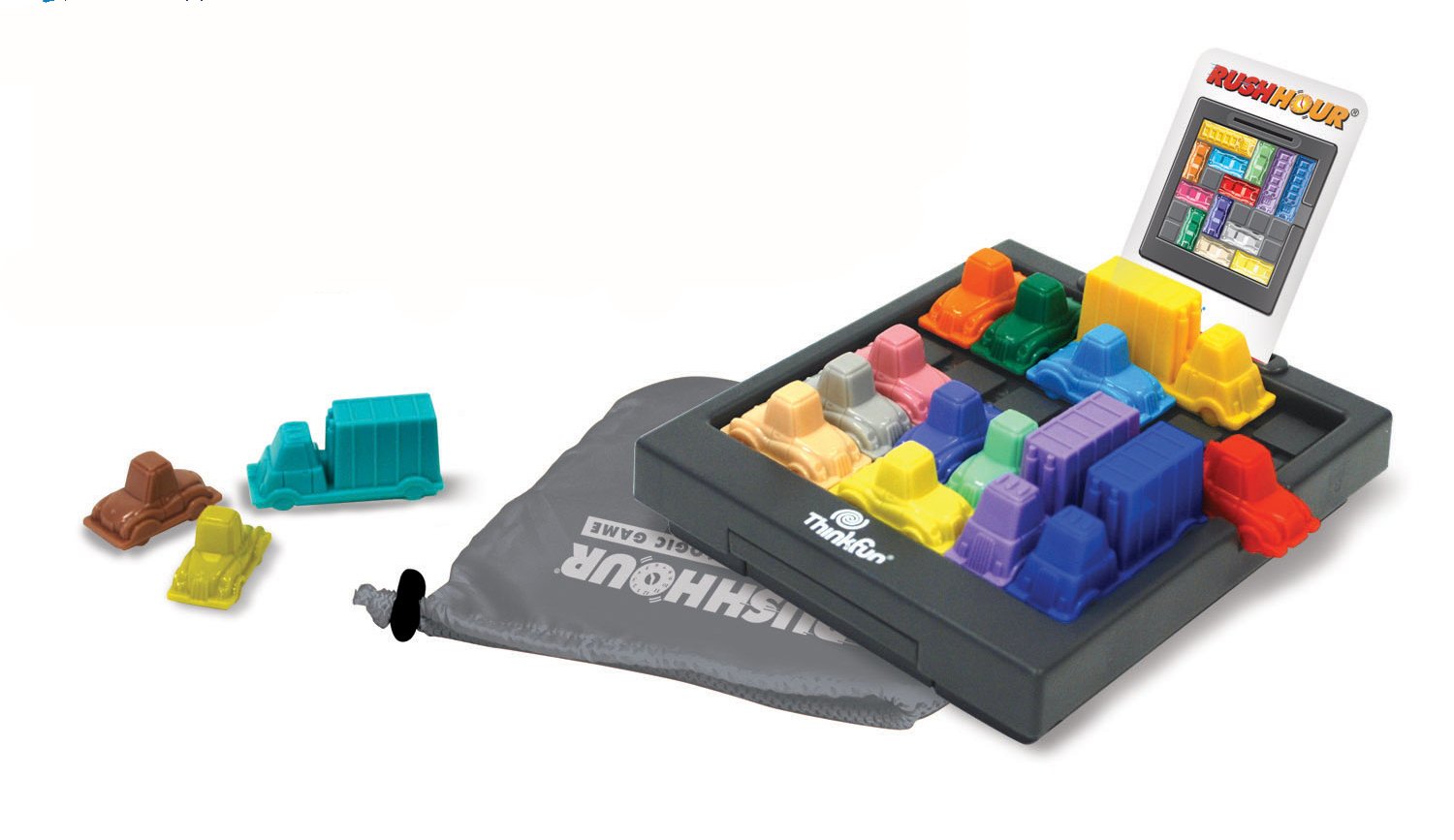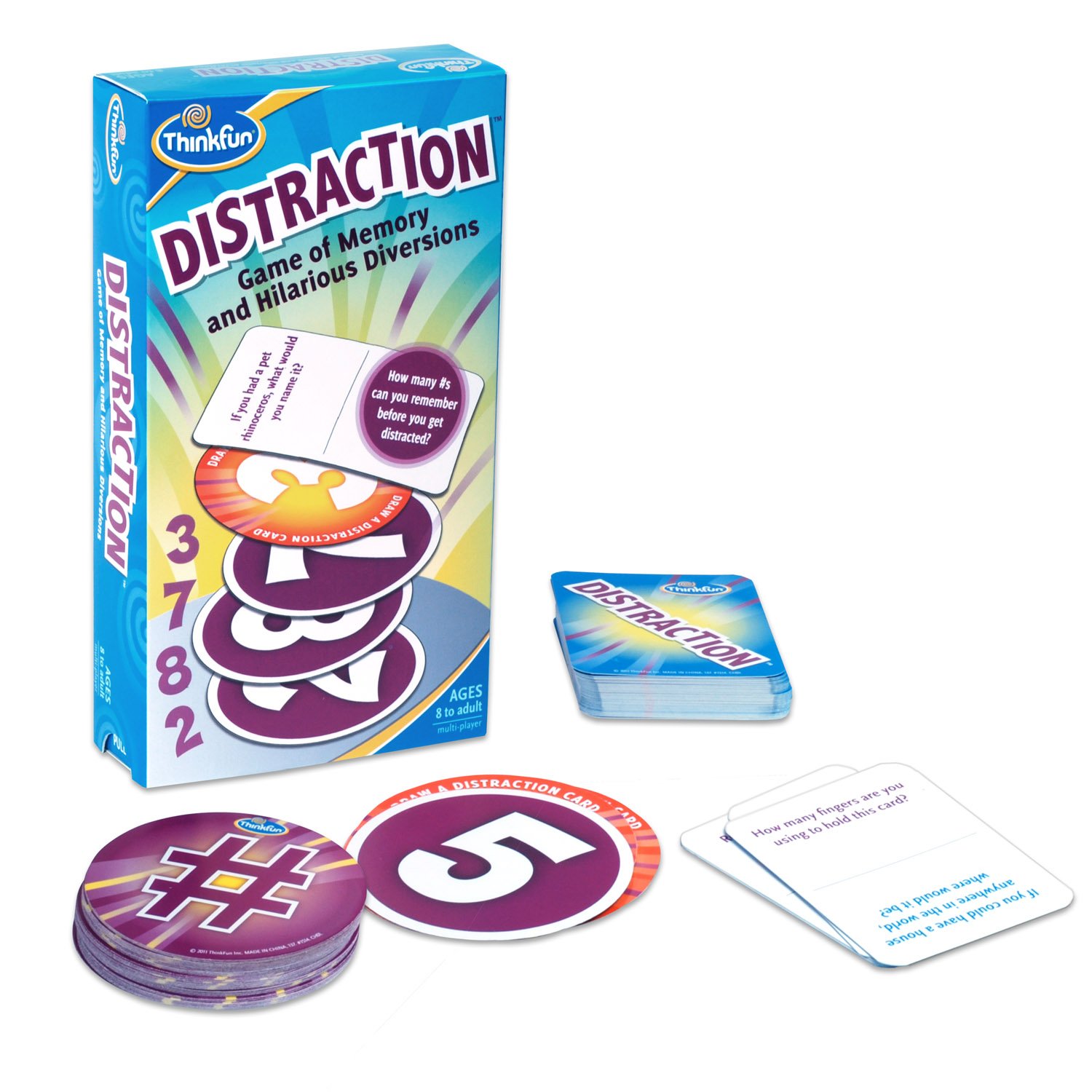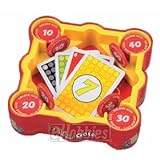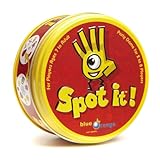They also included a few sample cards from their newest game - Word Around - along with a 20% off coupon to be used on their site. Word Around looks like a lot of fun. I was challenged with the few cards they sent, but not impossibly so. I think kids would really love this game.
Basically it's a word puzzle. You have to look at one of the bands of color (determined by the color of the card back that came previously in the stack) and find the word that is spelled around that band. The key is knowing which letter you need to start with, then it just flows. No need to unscramble. Sounds easy, right? Not so fast! You're competing with others to get the answer.
Some of the words are a bit tricky and may not be known by younger children (e.g. astonish, delicate, trauma) yet, others are readily identifiable: cinnamon, driven, before. This is an excellent game for children who need practice with visual discrimination, tuning out excess stimulus, and maintaining focus.
It also provides a great opportunity to learn vocabulary without feeling hit over the head with it. Once you've solved a word it's only natural that kids will want to know what it means.
It's also a great way for children to build problem solving stamina and strategies. Many players will quickly begin to understand that one needs to choose a start letter or look for a common letter pattern to try to form a word, and continuously move along using this strategy. Children who struggle with tasks like this tend to take in the detail or the whole picture, but are not able to chunk their thinking, or look for patterns.
It may seem like the game has limited play value given that there are only so many solutions, but the beauty of its design is that you will only use 1/3 of each card's possible answers in any given game. That, combined with the fact that there are over 300 words, and a game only takes about 10 minutes, means that you can play for quite some time before you've mastered all the words.
The fun thing is that you'd also be able to easily replicate this game and make your own cards on card stock. That would be a great way for kids to learn new vocabulary and try to come up with words that will trick others.
What a wonderful company to work with. They make excellent products, provide amazing customer support, and know how to get you coming back for more!



















_cover.jpg)










